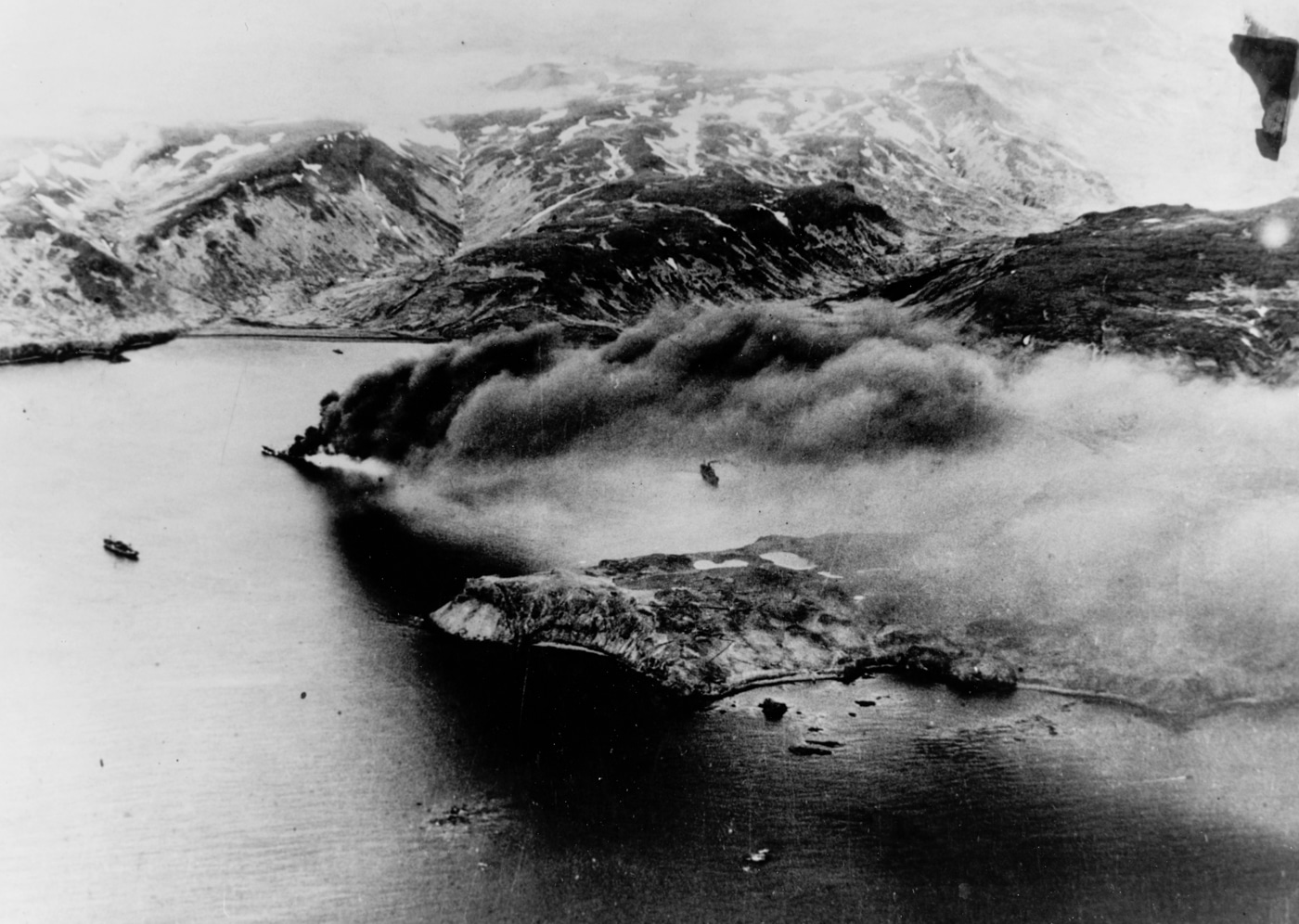The Aleutian Islands Campaign of World War II is often misunderstood and underrepresented in historical studies. Taking place from 1942 to 1943, it marked the only ground campaign of the war fought on North American soil, involving the occupation of the Aleutians by Japanese forces. Admiral Isoroku Yamamoto led a force aimed at bases on Kiska and Attu, concerned over a potential Allied attack through the Aleutian chain towards the Japanese home islands. Despite its strategic intentions, it did not serve as a base for offensive operations against America, as the Japanese high command had more significant priorities and resource constraints elsewhere in the Pacific theater.

Both weather conditions and logistics played crucial roles in the campaign. The Japanese initially landed 3,000 troops, yet their expansion was hampered by the environment. American and Canadian forces faced challenges as well, including harsh weather and difficult terrain. The Allies, led by Admiral Chester Nimitz and General Simon Bolivar Buckner, undertook air and sea operations before launching Operation Landcrab to retake Attu. The campaign concluded with the Japanese evacuation of Kiska in July 1943, which went undetected by the Allies, leading to a massive but unnecessary invasion by American and Canadian forces on the island.
The Aleutian Islands Campaign taught the Allies valuable lessons about warfare with Japan, such as the resilient defense strategies of the Japanese, which resulted in high casualty rates for U.S. forces. Despite regaining control of the occupied islands, the strategic significance of the Aleutians was limited, with hindsight revealing it was not as impactful as other theaters of World War II. For further reading on this topic, visit the original article here.
No comments:
Post a Comment